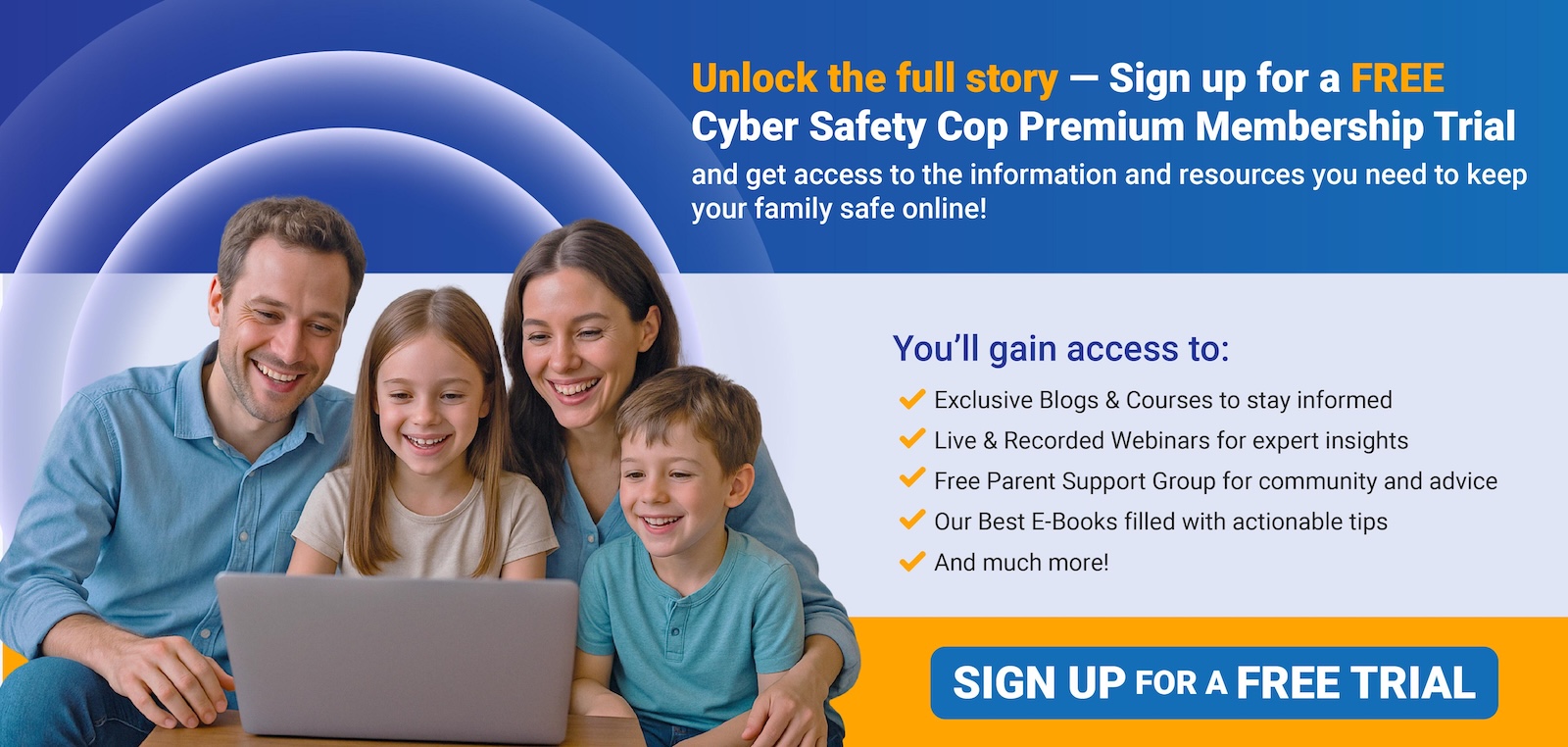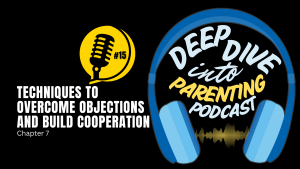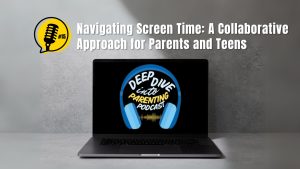Every day, children in your community are being targeted, snared, and manipulated into a world of sexual exploitation. They are groomed, enticed, and sometimes physically coerced into selling themselves for sex. It is called Human Trafficking. It is modern-day slavery without the chains and shackles of a century ago, but it is real and happening right under our noses. A community that says, “We don’t have that problem here,” is a community that has not looked for it. How are these traffickers or pimps getting to your children? You don’t see them cruising the streets of your neighborhoods. They don’t need to. They are being invited into your child’s life, into your homes, into your child’s most private and intimate conversations, through the Internet and social media.
The Internet and social media have provided the perfect cover and access to exploit children. In my Cyber Safety workshop for both parents and their students, I outline the two main problems with social media that allow predators to operate and access children. One, social media is a portal to nearly three billion people on the Internet. These are people that parents do not know, and without the proper safeguards, they have no way of controlling their access to their children. Two, social media sights and internet sites cloak people in anonymity, allowing them to safely attempt to exploit children without the fear of getting caught.
There are many ways a child might be exploited and trafficked. A common method is for the predator to connect with a child on a social media platform. Anonymously and privately, they can carefully begin the process of manipulating and grooming them. Children are manipulated into producing child pornography or to meet the predator for sex. Once the child has been sexually exploited, they can be easily trafficked for sex to others. This process can take days, weeks, or months.
Social media platforms are places where predators can actively stalk children, but there are other websites that are passively waiting for children to stumble on, like a bear trap. Pornographic websites, chat rooms, or classifieds websites are all places were predators are waiting for the curious or “seeking” child to explore. Face-to-face video chat platforms like FaceTime, Zoom, or Houseparty are also places teens like to meet new people.
How can I keep my child safe?
The following guidelines are recommendations taken from Cyber Safety Cop’s: Cyber Safety and Social Networks class.
Talk to your child about the Internet and set boundaries. The number one most important safety factor in a child’s life is an engaged parent that takes time to talk to their child about important safety issues.
Turn on parental controls. Parental controls on computers and mobile devices will help block and filter inappropriate online content.
Restrict access to problematic social media platforms. Don’t give your child access to social media until they are mature enough to use it responsibly. Some social media apps are problematic and should not be allowed on your child’s device.
Be present in your child’s social media world. Know all your child’s usernames and passwords to every social media account they have. You should be checking their activity regularly.
Report suspicious or inappropriate online behavior. Nearly all social media platforms have a method to flag posts or accounts as abusive or spam. If you see posts or communication that may be criminal, notify your local law enforcement agency immediately.
Get educated. Find or host Cyber Safety Training in your community.
How Do I Identify Human Trafficking?
Human trafficking can often go unnoticed, even by individuals interacting with a victim on a regular basis. Recognizing the “red flags,” or indicators can help alert school administrators and staff to a human trafficking situation. Recognizing the signs is the first step in identifying potential victims. No single indicator is necessarily proof of human trafficking. (DHS.gov, 2015)
Behavior or Physical State:
- Does the student have unexplained absences from school, or has the student demonstrated an inability to attend school on a regular basis?
- Has the student suddenly changed his or her usual attire, behavior, or relationships?
- Does the student suddenly have more (and/or more expensive) material possessions?
- Does the student chronically run away from home?
- Does the student act fearful, anxious, depressed, submissive, tense, or nervous and paranoid?
- Does the student defer to another person to speak for him or her, especially during interactions with school authority figures (this may include an adult described by the student as a relative, but may also be a friend or boyfriend/girlfriend)?
- Does the student show signs of physical and/or







